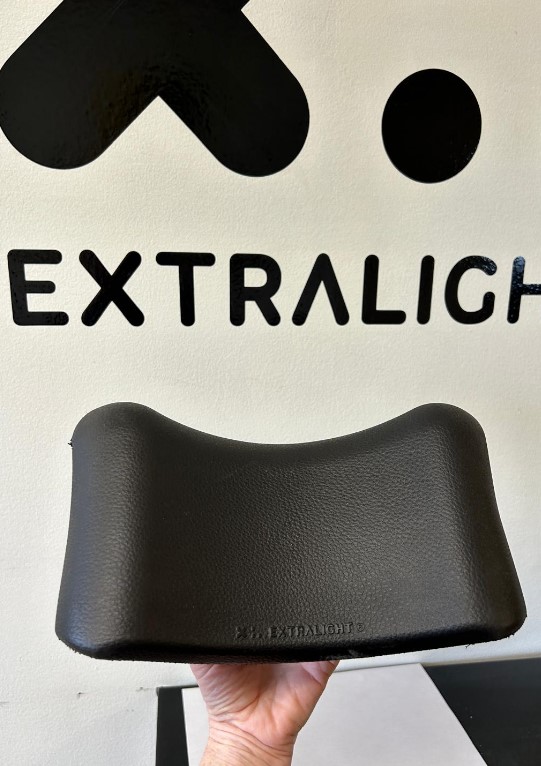Biocompatibility is a crucial criterion in the development of materials intended for medical use, determining whether a material can be safely used in the human body without causing adverse reactions. One of the key aspects of assessing biocompatibility is in vitro cytotoxicity, which is often measured according to the ISO 10993-5 standard. At Foam Creations, we focus on developing molded foam materials that align with these important regulatory requirements, supporting safety and efficacy in various medical applications.
What is ISO 10993-5?
ISO 10993-5 is part of the ISO 10993 standard, which addresses the biological evaluation of medical devices. Specifically, section 5 focuses on the assessment of cytotoxicity of materials. This standard presents a number of test methods designed to evaluate the acute adverse biological effects of extractables from medical device materials. Cytotoxicity testing is essential for all types of devices and is a key element of international standards, including the FDA blue book memorandum (#G95-1), which is based on ISO 10993-1. At Foam Creations, we recognize the significance of these standards and aim to assist our clients in navigating the complexities of compliance.
Why is Cytotoxicity Important?
In vitro cytotoxicity allows for the evaluation of whether a material can cause damage to cells. This is crucial for ensuring that medical devices, such as implants, diagnostic tools, and durable medical equipment (DME), do not harm surrounding tissues. Our exclusive XL EXTRALIGHT® formulations are designed with biocompatibility in mind, helping to identify materials that may reduce the risk of undesirable reactions, such as inflammation or cell death.
Methods for Cytotoxicity Testing
There are several methods for assessing cytotoxicity, but two of the most common are the AGAR method and the MEM Elution method.
AGAR Method
The AGAR method is widely used for testing the cytotoxicity of materials. It involves culturing cells in the presence of the test material, typically using a gelled culture medium. This method is effective for evaluating the toxicity of our XL EXTRALIGHT® family of foams, including those with high expansion, which have shown favorable results in preliminary assessments.
MEM Elution Method
The MEM Elution method is more specific, involving the extraction of potentially toxic substances from the material into a culture medium, which is then used to culture cells. In this widely used elution test method, extracts are obtained by placing the test and control materials in separate cell culture media under standard conditions (for example, 3 cm² or 0.2 g/ml of culture medium for 24 hours at 37°C). The resulting fluid extracts are then applied to cultured-cell monolayers, replacing the medium that had nourished the cells. Our expertise in foam formulation allows us to provide materials that are suitable for this testing, facilitating compliance with regulatory standards for products like scar management cushions and other therapeutic devices.
Benefits of Cytotoxicity Testing
Cytotoxicity testing is a rapid, standardized, sensitive, and cost-effective means to determine whether a material contains significant quantities of biologically harmful extractables. By collaborating with Foam Creations, you can leverage our knowledge and experience to effectively screen our XL EXTRALIGHT® family of foams, differentiating reactive from non-reactive options and providing predictive evidence of material biocompatibility for various medical applications.
Conclusion
Testing for cytotoxicity is a vital first step toward assessing the biocompatibility of a medical device. A negative result indicates that a material is free of harmful extractables or has an insufficient quantity of them to cause acute effects under exaggerated conditions with isolated cells. At Foam Creations, we are committed to supporting the development of molded foam Products that meet the highest standards of safety and efficacy for patients across a range of applications, including wheelchairs, stairlifts, and more.
To learn more about ISO 10993-5 and its application in cytotoxicity testing, you can refer to additional resources, such as this practical guide on ISO 10993-5.
For more information about our exclusive XL EXTRALIGHT® foam Products and their performance in various testing methods, please visit our contact page.
By prioritizing biocompatibility, Foam Creations is dedicated to advancing the development of safe and effective for medical applications. We invite you to partner with us to explore how our solutions can meet the needs of the healthcare industry.
